The Food Safety Department said that cases of poor quality food and fake food were continuously discovered, such as the seizure in Phu Tho of more than 71 thousand liters of cooking oil, about 40 tons of MSG, 22 tons of seasoning powder, 9 tons of fake broth powder; dozens of tons of food of unknown origin such as frozen chicken, frozen chicken organs, sausages, Chinese sausages, mixed hotpot balls... were discovered and seized in Hanoi; soaking bean sprouts in chemicals in Nghe An... showing that the consumption and distribution of these foods are very different, including through social networks, traditional markets, to collective kitchens, industrial parks, schools... with the advantage of cheap prices.
Unsafe food is not only an immediate threat (acute food poisoning, digestive disorders, nausea, vomiting, diarrhea...) but also leaves long-term and serious consequences for health such as chronic diseases such as cancer, liver failure, kidney failure, effects on the reproductive system... due to contamination with chemicals and pathogenic microorganisms.
The Food Safety Department emphasized that food safety in collective kitchens is extremely important, ensuring the health of production workers in industrial parks and factories, and ensuring the health of students in schools, the future workforce of the country.
When food safety is lost, it will cause consequences such as a large number of people getting sick, affecting not only the production of businesses, students, and university students taking time off from school, but also overloading the health system, causing damage to the health and economy of students, workers, businesses, and causing social instability.
To ensure food safety, collective kitchens must comply with regulations such as: The kitchen must have enough space, be arranged according to the one-way rule, and ensure no cross-contamination between unprocessed and processed foods; cooking and processing utensils must ensure hygiene; storage areas must have enough equipment and tools as required; there must be enough tools to collect and contain garbage and waste to ensure hygiene, and be cleaned daily; ensure compliance with food safety regulations, knowledge, and practices for food processors and servers.
Emphasizing the importance of food ingredients used in food preparation in collective kitchens, the Food Safety Department recommends strictly implementing the following four principles to ensure safety in collective kitchens :
First: Choose safe input materials
• Clear origin: Only import raw materials from reputable suppliers with business licenses and food safety certificates.
• Quality check: Raw materials must be fresh, not crushed, and have no signs of damage or mold; prepackaged processed ingredients, food additives, flavors, and spices must have labels that are properly labeled and within their expiration date.
• Transparent contract: Signing raw material supply contracts with units that commit to quality assurance, periodic inspection, recording, and traceability in case of incidents.
Second: The preparation and processing procedures comply with safety regulations.
• Clean processing area, clearly divided into zones: Raw and cooked food must be processed separately.
• Personal hygiene: Processors need to wash their hands regularly, wear protective clothing, hats, and masks throughout the work process.
• Processing tools: Must be cleaned before and after use.
Third: Safe food storage
• Storage facilities must comply with food safety regulations: food must be stored at appropriate temperatures to avoid cross-contamination, insects, and harmful animals.
• Follow the FIFO ("First In, First Out") rule - use raw materials first, avoid long-term inventory.
Fourth: Perform sample storage, monitoring and regular inspection
• Storing food samples: store samples according to regulations to serve retrieval work when needed.
• Internal inspection: build an internal food safety inspection team to conduct periodic and surprise inspections.
• Regular training: organize food safety training classes for all kitchen staff.
The Food Safety Department notes: every employee and every kitchen manager must realize that food safety is a responsibility - an ethic - protecting public health. Do not trade the trust and safety of hundreds, thousands of people for immediate benefits.
Source: https://nhandan.vn/bon-nguyen-tac-bao-dam-nguyen-lieu-cho-bep-an-tap-the-post875718.html


![[Photo] Bus station begins to get crowded welcoming people returning to the capital after 5 days of holiday](https://vstatic.vietnam.vn/vietnam/resource/IMAGE/2025/5/4/c3b37b336a0a450a983a0b09188c2fe6)

![[Photo] General Secretary To Lam receives Sri Lankan President Anura Kumara Dissanayaka](https://vstatic.vietnam.vn/vietnam/resource/IMAGE/2025/5/4/75feee4ea0c14825819a8b7ad25518d8)

![[Photo] Vietnam shines at Paris International Fair 2025 with cultural and culinary colors](https://vstatic.vietnam.vn/vietnam/resource/IMAGE/2025/5/4/74b16c2a197a42eb97597414009d4eb8)



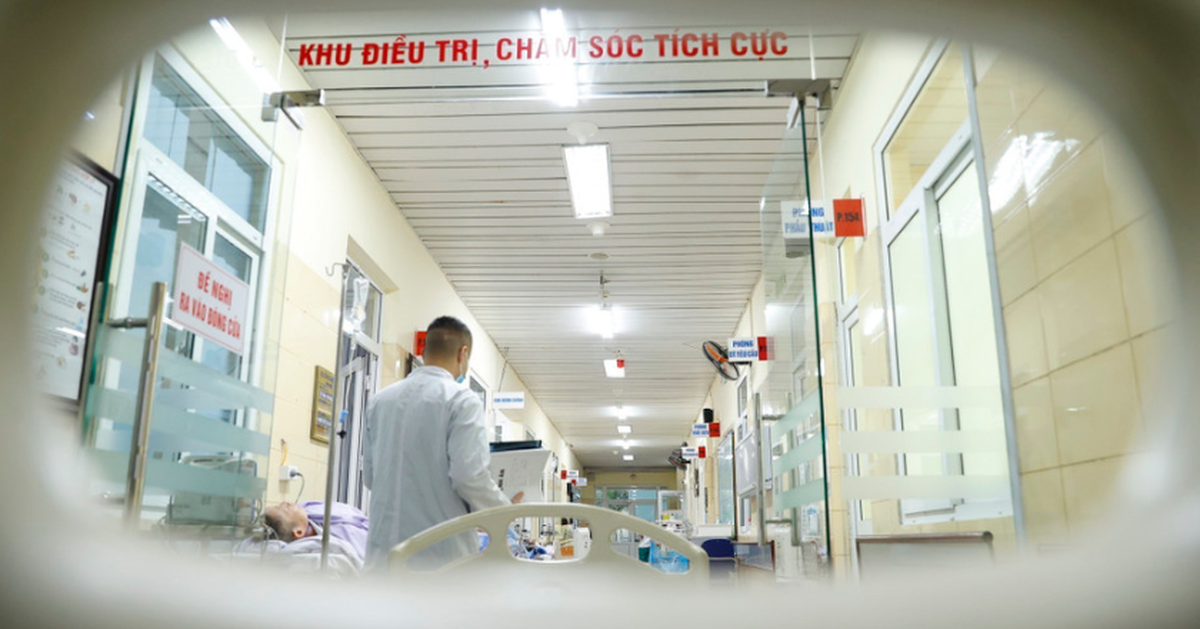


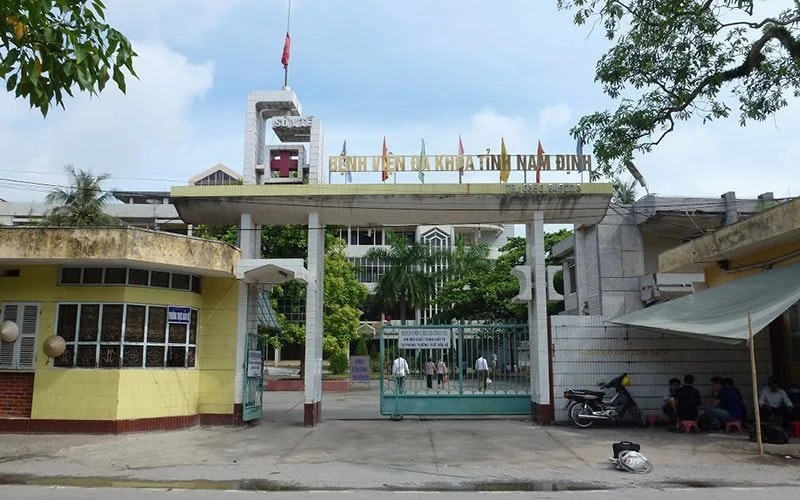




![[Video] Vietnam is in the top 5 countries with the most scientific development in Southeast Asia](https://vstatic.vietnam.vn/vietnam/resource/IMAGE/2025/5/4/5a9d7694b8864d8696c079396409fda0)




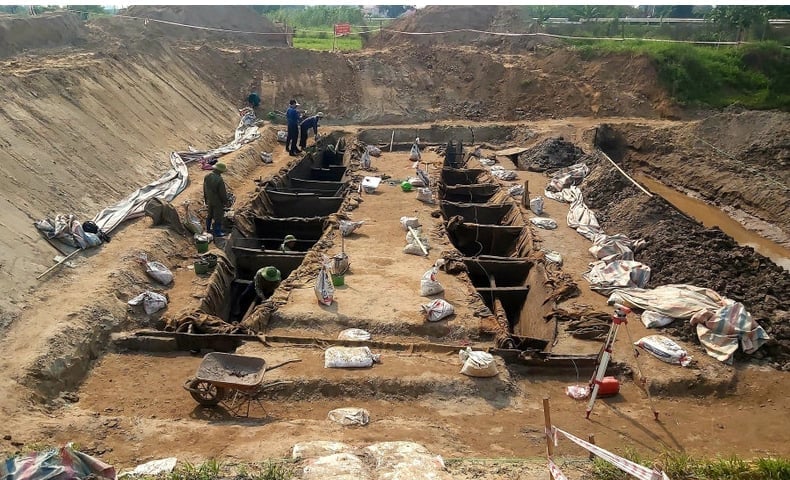





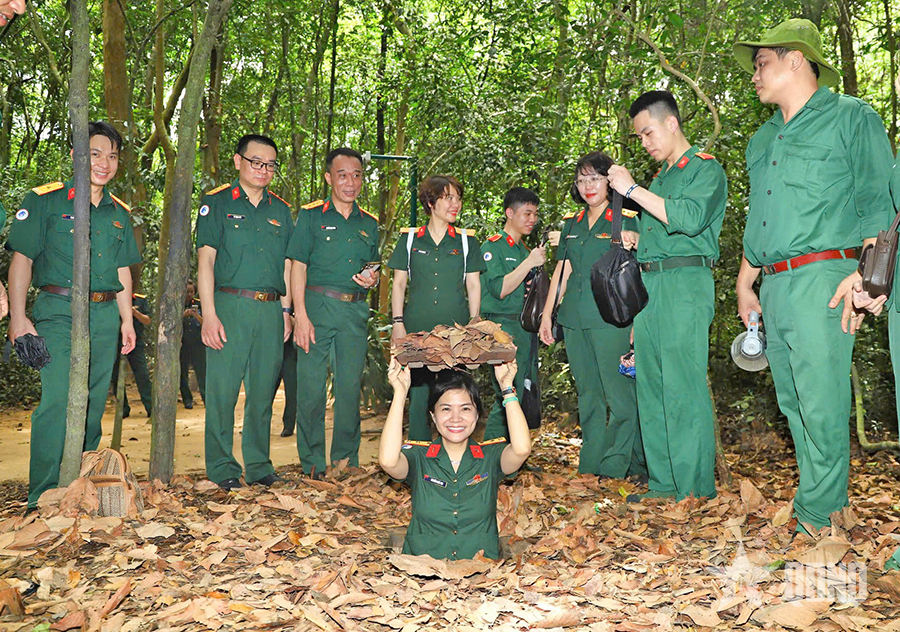





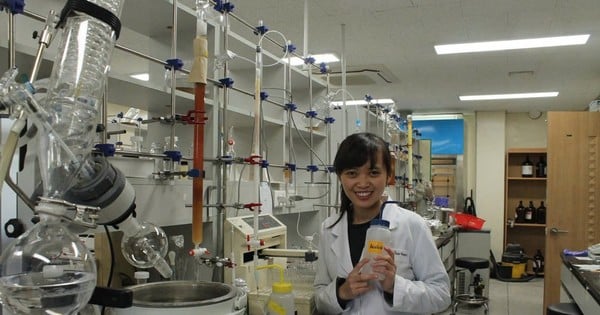








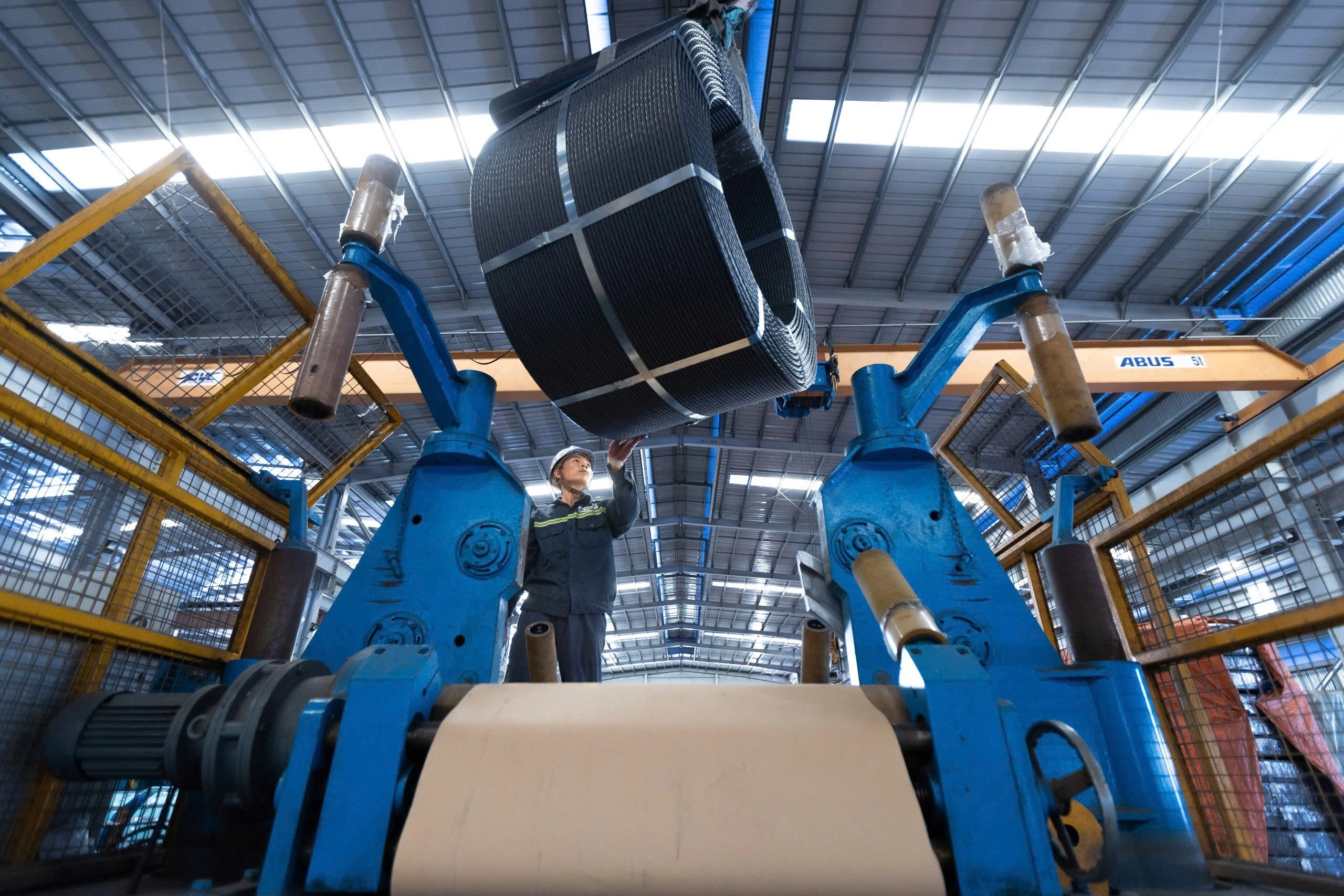



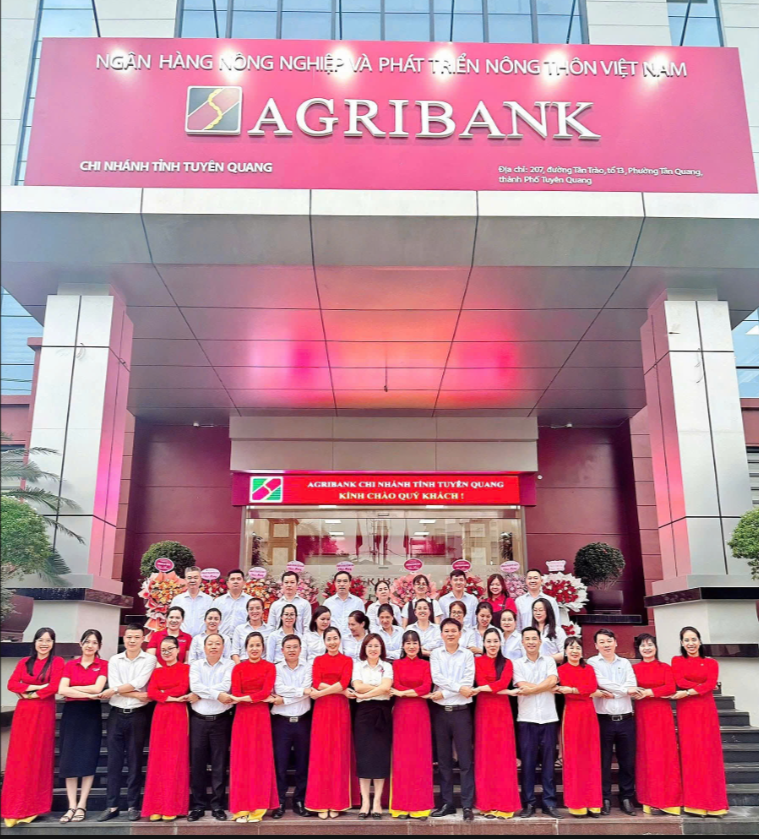


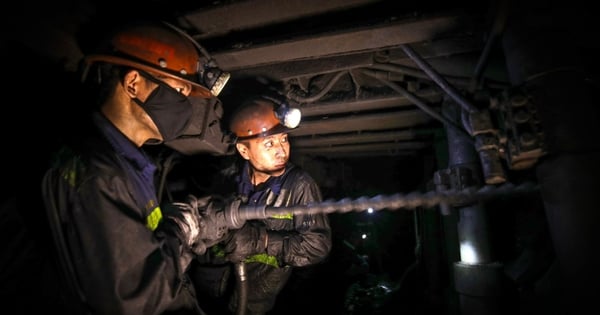



























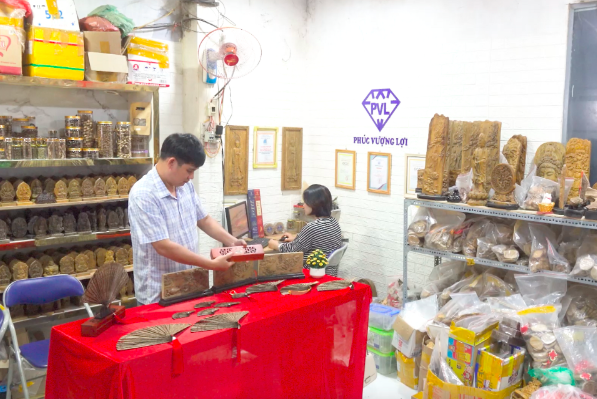



![[Video]. Building OCOP products based on local strengths](https://vstatic.vietnam.vn/vietnam/resource/IMAGE/2025/5/3/61677e8b3a364110b271e7b15ed91b3f)


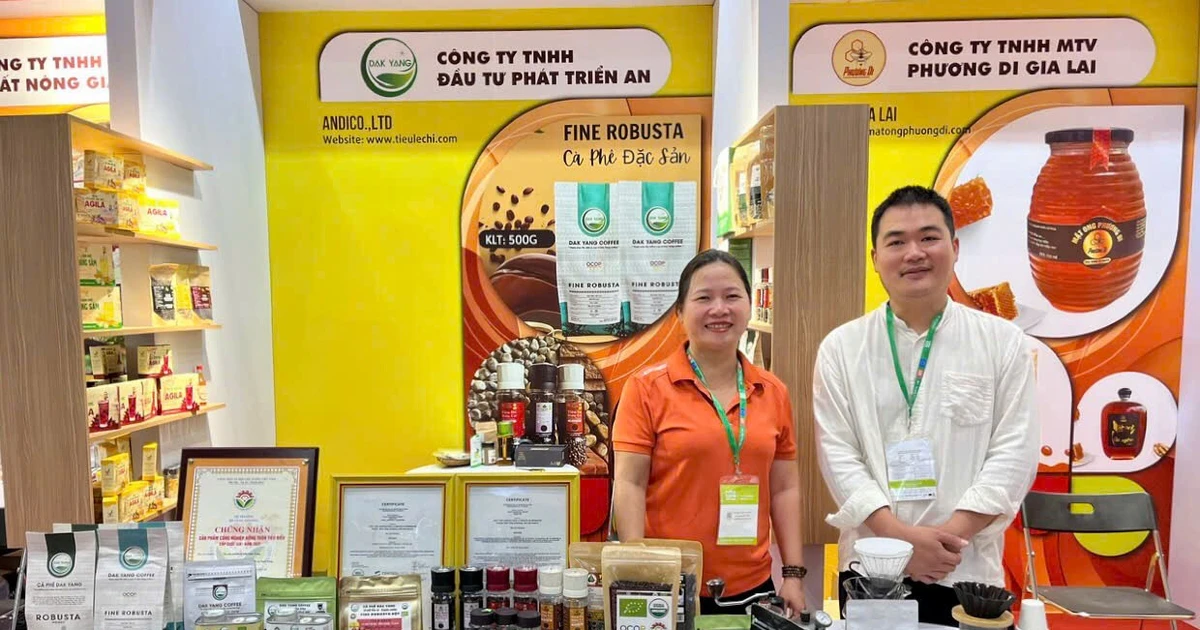

Comment (0)